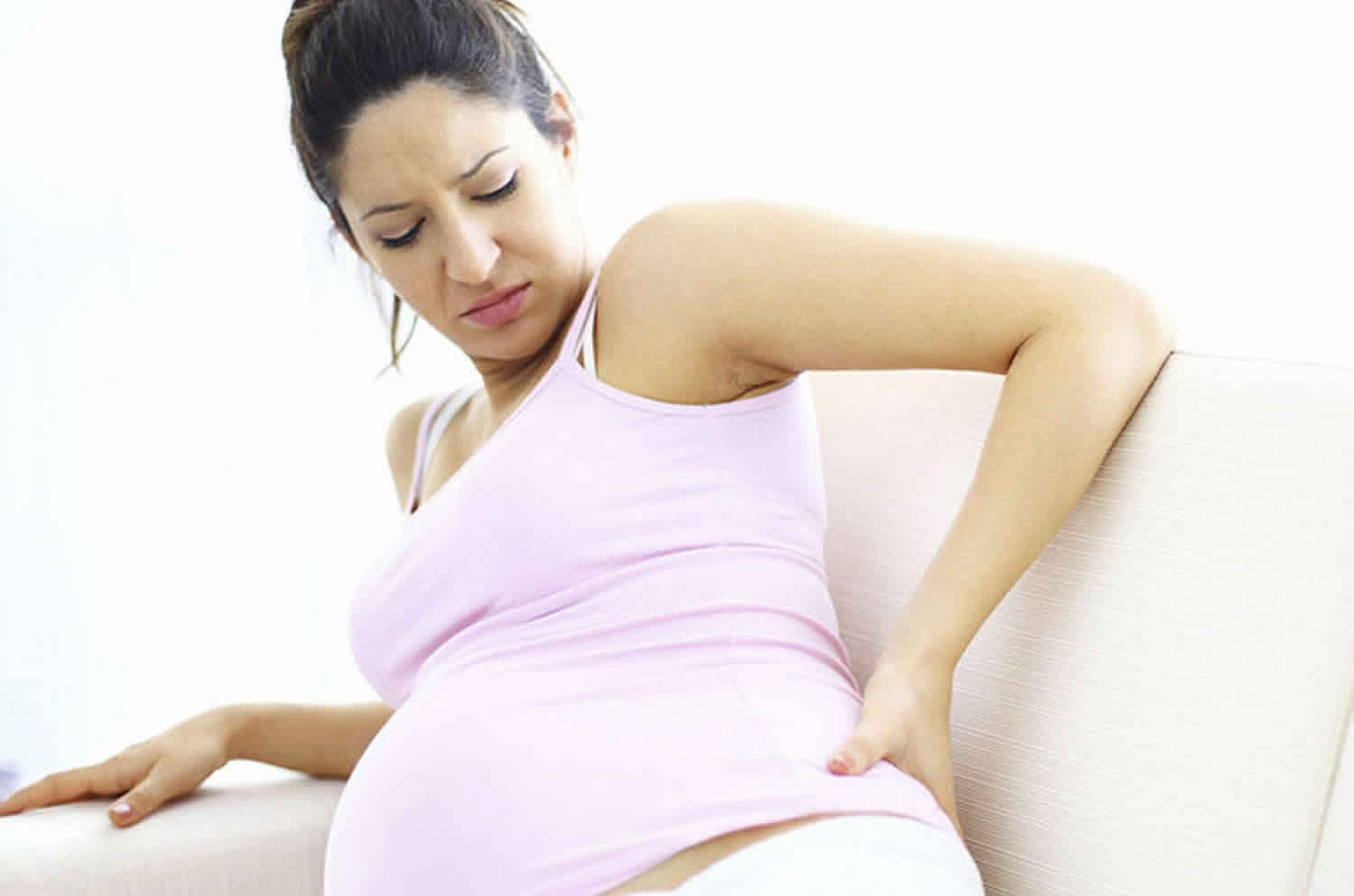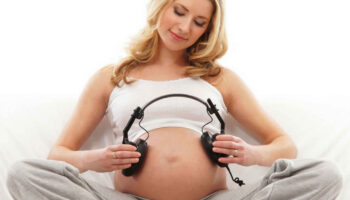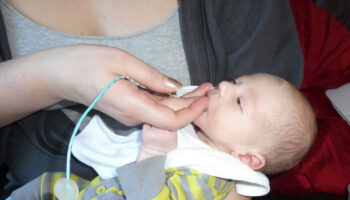Contents
Back pain pregnancy
Back pain during pregnancy is very common, especially in the later stages of pregnancy when pregnancy hormones loosen your ligaments, your growing baby and the weight gain during pregnancy affects your posture can all cause lower-back pain. The changes to your hormones during pregnancy cause your ligaments to relax, which can aggravate your lower spine and pelvis. The weight of your baby in your abdomen tends to pull your lower spine forward, putting a strain on your lower back, potentially causing back pain. Some studies estimate that around two-thirds of pregnant women suffer from back pain.
Pressure from the uterus can also affect your sciatic nerve, which goes from your lower back, hip and down the back of the leg. Pain along your sciatic nerve is called sciatica.
The stress on your body caused by pregnancy also puts you at greater risk of back injury. One reason why your back is at particular risk of injury is that you gain a lot of weight in your abdomen. This puts extra strain on the arch in your lower back and it can also strain the joints.
If you are unfit, overweight or if you smoke, you are more likely to experience back pain or sciatica during pregnancy. Regular exercise can reduce this risk.
Regular physical activity and exercise, like yoga or pilates, can strengthen the muscles that help protect your back from injury.
Try these tips to help ease your back pain in pregnancy:
- bend your knees and keep your back straight when you lift or pick something up from the floor
- avoid lifting heavy objects
- move your feet when you turn to avoid twisting your spine
- wear flat shoes to evenly distribute your weight
- try to balance the weight between 2 bags when carrying shopping
- keep your back straight and well supported when sitting at work and at home – look for maternity support pillows
- get enough rest, particularly later in pregnancy
- a massage or warm bath may help
- use a mattress that supports you properly – you can put a piece of hardboard under a soft mattress to make it firmer, if necessary
- go to a group or individual back care class
You can take acetaminophen (paracetamol) to ease your back pain while you are pregnant, unless your doctor says not to. Always follow the instructions on the packet.
If your backache is very painful or if it lasts for more than 2 weeks, talk to your doctor. They may be able to refer you to an obstetric physiotherapist at your hospital, who can give you advice and may suggest some helpful exercises.
Sometimes back pain can be a sign of premature labor or a urinary tract infection (UTI). See your doctor straight away if you also have bleeding from your vagina, painful urination or any signs of premature labor.
See your doctor as soon as possible if you have back pain and you:
- are in your second or third trimester – this could be a sign of early labor
- also have a fever, bleeding from your vagina or pain when you pee
- lose feeling in one or both of your legs, your bum, or your genitals
- have pain in one or more of your sides (under your ribs)
What causes back pain in pregnancy?
Back pain is incredibly common during pregnancy. During pregnancy, especially in the later stages, the ligaments in your body naturally become softer and stretch to prepare you for labor. This can put a strain on the joints of your lower back and pelvis, which can cause back pain.
One reason why your back is at particular risk of injury is that you gain a lot of weight in your abdomen. This puts extra strain on the arch in your lower back and it can also strain the joints.
The changes to your hormones during pregnancy cause your ligaments to relax, which can aggravate your lower spine and pelvis.
If you are unfit, overweight or if you smoke, you are more likely to experience backache or sciatica during pregnancy. Regular exercise can reduce this risk.
Medical conditions that cause back pain
Conditions that can cause back pain include:
- a slipped (prolapsed) disc (a disc of cartilage in the spine pressing on a nerve) – this can cause back pain and numbness, tingling and weakness in other parts of the body
- sciatica (irritation of the nerve that runs from the lower back to the feet) – this can cause pain, numbness, tingling and weakness in the lower back, buttocks, legs and feet
- ankylosing spondylitis (swelling of the joints in the spine) – this causes pain and stiffness that’s usually worse in the morning and improves with movement
- spondylolisthesis (a bone in the spine slipping out of position) – this can cause lower back pain and stiffness, as well as numbness and a tingling sensation
These conditions are treated differently to non-specific back pain in pregnancy.
Very rarely, back pain can be a sign of a serious problem such as:
- a broken bone in the spine
- an infection
- cauda equina syndrome (where the nerves in the lower back become severely compressed)
- some types of cancer, such as multiple myeloma (a type of bone marrow cancer)
If you see a doctor with your back pain, they’ll look for signs of these.
How to protect your back
You can protect your back during pregnancy by avoiding or changing the way you do some things. This becomes more important the further along in your pregnancy you are.
- Avoid heavy lifting. If you have to lift something heavy, bend your knees, keep your back straight and tighten your pelvic floor and abdominal muscles. Make sure the object you are lifting stays close to your body. Allow toddlers to climb onto your lap or into the car or bath, and squat down next to them rather than picking them up.
- Always have a good posture. Try to keep your pelvis symmetrical. Stand with your weight evenly on both legs, your back straight and your pelvis tucked under. Avoid standing for a long time.
- Sit up straight with your bottom at the back of your chair and your feet on a stool if necessary.
- Avoid standing or sitting for long periods
- Avoid activities that might hurt your back. These include bending or twisting, climbing ladders, or walking up steep hills.
- Be careful in bed. Sleep on your side with a pillow between your knees. To get out of bed, roll onto your side with your knees together. Then use your arms for support as you swing your legs onto the floor.
- Wear shoes with low heels (not flats). These have good arch support. Avoid high heels.
- Consider a maternity support belt.
A firm mattress can also help to prevent and relieve backache. If your mattress is too soft, put a piece of hardboard under it to make it firmer.
Some other activities that may help ease your back pain include:
- aquarobics (gentle exercise in water)
- acupuncture
- massage
- hot packs
- regular exercise, including walking
Strengthening your back
Regular physical activity is important when you are pregnant and can protect your back. If your doctor says it’s OK, you can do some gentle exercise like walking or water exercise. Talk to a physiotherapist for specific exercises to strengthen your back.
Stretch your lower back by kneeling on all fours with your head in line with your back. Pull in your stomach and round your back. Hold the posture for a few seconds and then relax. Repeat 10 times.
Keep your tummy muscles strong with pelvic tilt exercises. Lie on your back with your knees bent and your feet flat on the ground. Tilt your pelvis and hips backwards so the curve of your back is flat to the floor. Hold for 3 to 5 seconds. You can also do this exercise standing up or sitting on a gym ball.
Strengthen your tummy muscles and pelvic floor by gently drawing in the lower part of your tummy (bellow the belly button) towards your spine. Keep breathing. Gradually lengthen the time you hold the posture. Brace these muscles whenever you lift, push or pull something heavy.
Complementary therapies such as yoga and pilates can help some women, but always talk to your doctor or midwife first.
Back pain during pregnancy treatment
There are a number of things you can do to protect yourself from back pain in pregnancy:
- Keep an eye on your posture: straighten your lower back and gently draw your bump in. Imagine your baby being tucked into the pelvis, close to your centre of gravity.
- Be sensible about lifting objects: always lift bending your knees rather than your back and try to avoid lifting anything heavy.
- Wear flat or low-heeled shoes.
- Sit up straight and with your lower back supported.
- Use a firm mattress.
- If you work standing, adjust the work surface to avoid stooping.
Many women find yoga and pilates helpful for back pain as well as physical aids like maternity support belts. Not all of these treatments work for everyone, so try and find one that works for you.
If you are suffering badly, you can also ask your doctor or midwife about being referred to a physical therapist.
Exercises to ease back pain in pregnancy
This gentle exercise helps to strengthen stomach (abdominal) muscles, which can ease back pain in pregnancy:
- start on all fours (a box position) with knees under hips, hands under shoulders, fingers facing forwards and stomach muscles lifted to keep your back straight
- pull in your stomach muscles and raise your back up towards the ceiling, letting your head and bum relax downwards gently – don’t let your elbows lock
- hold for a few seconds then slowly return to the box position
- take care not to hollow your back – it should always return to a straight, neutral position
- do this slowly and rhythmically 10 times, making your muscles work hard and moving your back carefully
- only move your back as far as you comfortably can
Stretches for lower backache:
- sit with your bottom on your heels with your knees apart
- lean forward towards the floor, resting your elbows on the ground in front of you
- slowly stretch your arms forward
- hold for a few seconds
Stretches for middle backache:
- go down on your hands and knees
- draw in lower abdomen
- tuck your tail under
- hold for a few seconds
- gently lower your back down as far as feels comfortable
Stretches for pain in the shoulder blades and upper back:
- sit on a firm chair
- brace your abdominal muscles
- interlock your fingers and lift your arms overhead
- straighten your elbows and turn your palms upwards
- hold for a few seconds
Doing prenatal yoga or aquanatal classes (gentle exercise classes in water) with a qualified instructor can also help build your muscles to better support your back.
- If back pain persists, changes or becomes severe, see your doctor or midwife for advice. At any stage, if the back pain is associated with any blood loss from the vagina, seek medical advice urgently.
Treatment of back injury during pregnancy
If you injure your back while you are pregnant, simple exercises and using back support are usually enough to fix the injury. In very rare cases, pregnant women can have a serious injury such as a herniated disc. In this case you might need surgery. Back surgery is usually safe, however, both for you and your baby during pregnancy.
Many women have a pre-existing back condition before they become pregnant, such as scoliosis, spondylolisthesis or a lumbar disc condition. Sometimes your back problems get better during pregnancy, but sometimes they get worse. It’s important to mention any back problems to the medical team who are looking after you.
Talk to your doctor if you need to take medicine to control back pain. Paracetamol is one of the safest painkillers during pregnancy. Do not take aspirin or non-steroidal anti-inflammatories such as Nurofen while you are pregnant.
Your back injury should not affect labor or pain relief during labor. It is also usually possible to have an epidural if you have a back injury. Tell the hospital about your condition because there are different positions you can use to ease back pain during labor.





